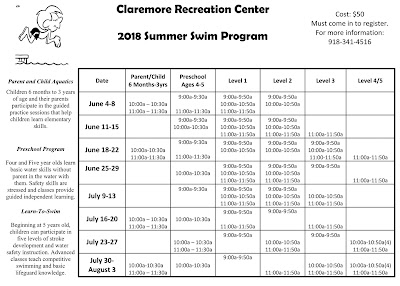The parties can pile on the pounds and the stress this time of year, but you can escape the holiday season unscathed with these smart and calorie-conscious tips.
They say taxes and death are the only two constants in life, but it sure seems like the holidays circle around all too quickly each year. And with those sacred and merriment-filled days comes a familiar angst: the eating, drinking and family gathering seem endless, while sleep and normal stress-management routines take a back seat. This year, take a different approach—one that allows you to enjoy your favorite holiday foods—and keep your health and sanity in check.
1. Find New Ways to Move
If your exercise routine feels laborious or tedious already, chances are you won't get excited about doing it when you're tired, overworked and overbooked. Instead of sticking to the same 30-minute jog or routine gym session, branch out and find new ways to move that sound fun to you.
Try a new workout class. Recruit a friend or family member to join you. Organize a family activity like ice skating, a hike or even a scavenger hunt. Find an indoor climbing or swimming facility that has holiday-friendly hours. Or, if your head just isn't in it for a traditional workout, keep your body moving by cleaning out closets, digging out the holiday decorations or volunteering for physical prep tasks like hanging up holiday lights. Moving big boxes, bags and piles can help you work up a sweat, too.
2. Make Protein the Star
Holiday party spreads may offer a plethora of dips, chips and vegetable or fruit platters, but one way to actually fill up and feel satisfied when faced with all those endless little bites is to make protein one of your plate's primary features.
Higher-protein diets increase satiety (compared to lower-protein diets), meaning you're more satisfied and less likely to overeat. Opt for plant-, fish- or animal-based proteins, egg-based dishes, sliced meats or cheeses, bean salads or bean-based dips, yogurts and nut mixes. Then add the sides of fresh fruits and vegetables, grains or finger foods.
3. Go Meatless for One Meal a Day
Ample research shows that plant-based diets promote health. Go meatless for one meal a day to add some variety to your plates and enjoy foods that can help lower blood cholesterol levels, promote blood sugar control and reduce risk of cardiovascular disease.
This may mean having a black bean burger instead of a beef patty, topping salads with chickpeas instead of grilled chicken or steak, or having a vegetable stir-fry over brown rice with roasted tofu instead of shrimp for dinner. If your friend or family holiday parties tend to go heavy on the meat-based entrees, try balancing your day with a plant-based lunch or breakfast.
4. Stock Up on Sleep
While it's not effective to bank sleep hours during the week in preparation for late nights out on the weekend, it is helpful to make a habit out of prioritizing sleep as often as possible. Adequate sleep is associated with better stress-management abilities and a healthy balance of hunger and satiety hormones (ghrelin and leptin, respectively). Inadequate sleep, which is defined as less than the recommended seven to nine hours per night, may lead to changes in appetite and mood.
On the flip side, chronic high stress levels may impact quality of sleep. It can be a vicious cycle. Try to avoid this by getting seven to nine hours of sleep per night as often as possible. Develop a sleep routine to help reduce stress levels before bedtime and improve sleep quality. Yes, that might mean putting the phone down.
5. Have One Fancy Holiday Cocktail
If you're a big fan of eggnog-, cranberry- or peppermint-infused cocktails, enjoy one during your holiday party-hopping—but keep to just one for the night. Make a switch to something lighter (in calories and probably alcohol content) such as wine, a dark beer or an alcohol-free beverage like sparkling water.
6. Practice "Less Is More"
Instead of trying to taste all eight dessert varieties, the six dips on the snack table, and a sample of all four versions of the holiday stuffing, pick one from each category to enjoy. Adopt the "less is more" philosophy as you fill up your plate at a holiday buffet or as you develop the menu for your own party.
Take a look at what's being offered, and pick one or two favorites to sample. Having too many choices is overwhelming—and your quest to try one of everything may lead you to eat more than what's satisfying. Save that decision-making energy for something more productive, like the willpower to put the phone away as you try to get more sleep.
7. Eat When You're Hungry
It can be tempting to eat less during the day when you know you have a big party at night, but basic healthy eating can come down to honoring your hunger. An intense hunger, as the result of skipping meals or snacks to "save calories" for later, may actually trigger overeating later on.
In addition, research has shown that "highly palatable food"—aka, the delicious kind—can be a trigger for overeating during times of high stress. Ignoring hunger can add even more stress to the mix.
Eat when hunger strikes—even if you're going to a party later. You may not be hungry at the party. That's OK. You can still enjoy your favorite cultural holiday eats if that sounds good. But you may crave smaller portions and eat less if you stick to honoring your hunger as it strikes, instead of saving it for party time.
reprinted from eatingwell.com





















